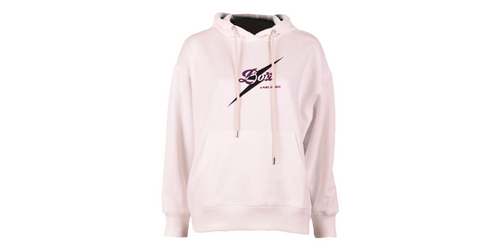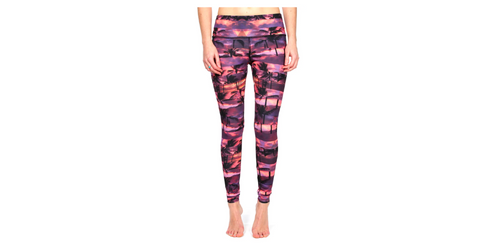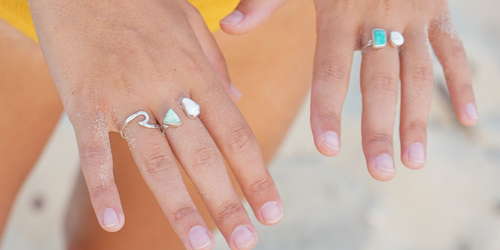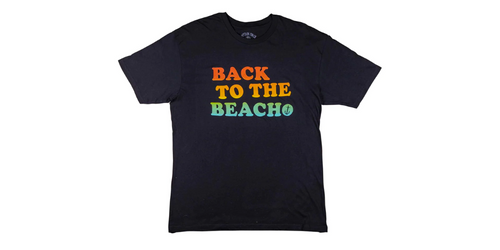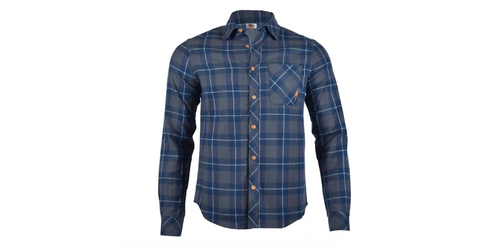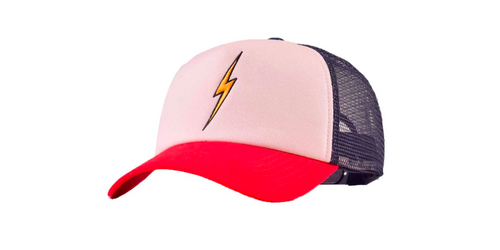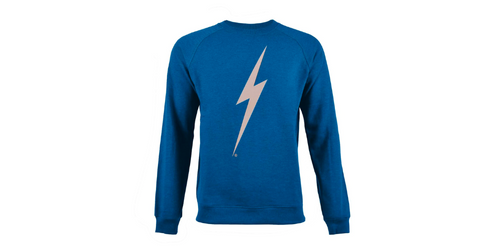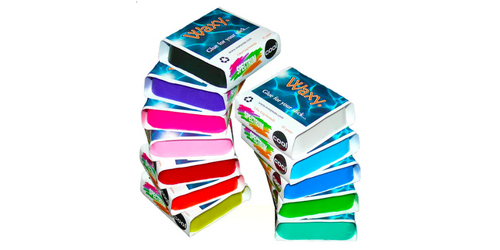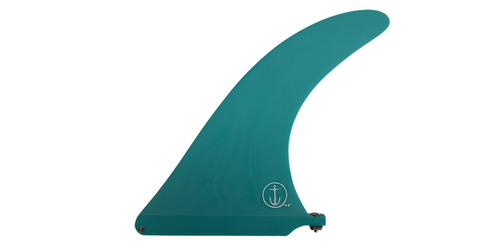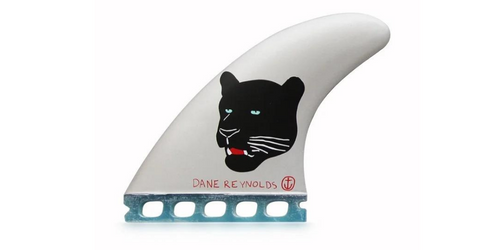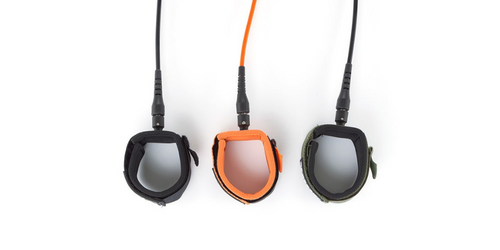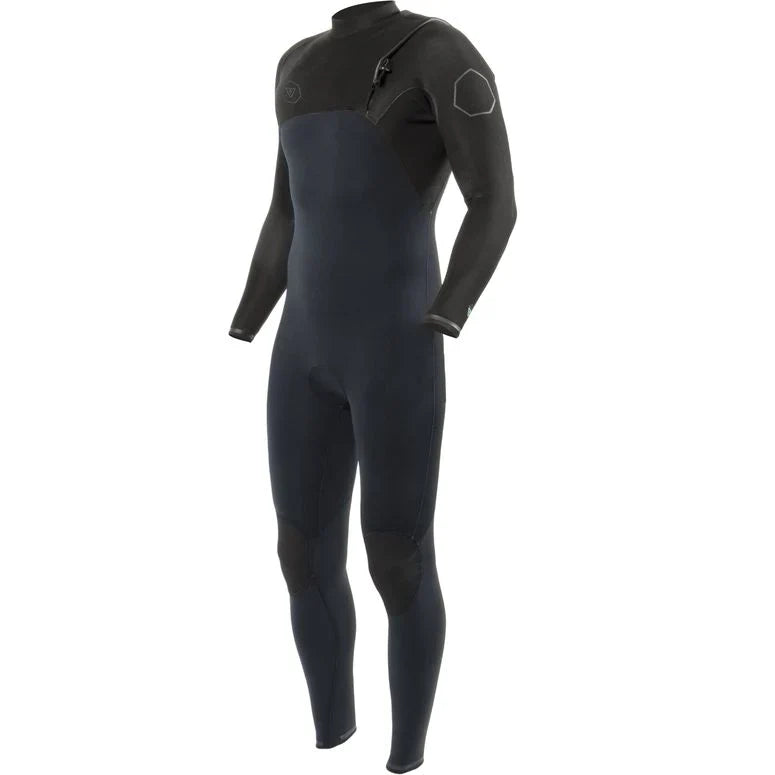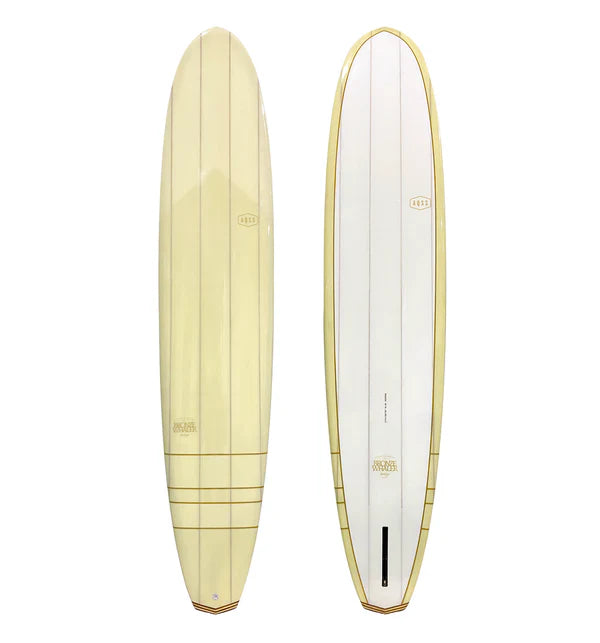How to Choose the Right Surfboard Leash

With many different sizes and types of surfboard leash available, you might be unsure about which one to buy. In this guide we review the key things to consider when choosing one, by answering the most common questions we get asked.
What is a leash?
Surfboard leashes first came about in the 1970s. They are lengths of typically polyurethane, that are attached to your surfboard at one end and then to your leg at the other end, using a Velcro strap.
Sometimes called ‘leg ropes’ or ‘leg cords’ (particularly in Australia or the US), a surfboard leash is designed to ensure that you and your board are never separated.
Why do I need a leash for my surfboard?
A surfboard leash is a key piece of equipment for surfing. Here’s a few reasons why:
- It could save your life - surfboards can act as lifesaving aids if you get into difficulty, because they float. However if you become separated from your surfboard then you cannot rely on it to help you. This is where the leash comes in handy.
- It might prevent your board hitting others - when paddling out there are times when despite trying to duck dive or paddle over the wave, you might get knocked off your board. This means your surfboard will be carried in and could hit someone who is paddling out.
- You can catch more waves - if you had no leash and had to keep swimming after your board each time you lost it, then you’re going to tire much quicker and end up surfing much fewer waves.
Whilst there are some people - especially those riding a longboard - who see wearing leashes as being ‘unstylish’ or not ‘traditional’ - it’s still recommended that you do always wear one. And that’s why you will see the majority of people around you with one.
One additional warning is to not ‘ditch’ your board if you can at all help it, even if you’re wearing a leash. This is because if someone is nearby, they could still get hit by your board - a 9 foot board plus a 9 foot leash equals an 18 foot radius of impact!
What are the different parts of a surfboard leash?
A leash will feature these common parts:
- Leash string - a small length of thick string that loops through the leash plug in your surfboard.
- Rail Saver - a velcro strap that the leash string loops through. This needs to sit over your rail and tail of the surfboard and is designed to protect it from the leash string cutting through it and causing damage. If it doesn’t sit over the rail, then your leash string is too short or too long.
- Cord - the main part of the leash itself. This will vary in length and thickness.
- Swivel - this handy part means that the leash can swivel and turn, to avoid it getting tangled up. Typically leashes have a single swivel, but some will have a double swivel.
- Cuff - a velcro adjustable strap that attaches to your leg. This will feature some form of padding, which can vary in thickness. Some leash cuffs also include a small pocket that takes a car key.
What are the different types of surfboard leash?
There are a few different types of leash to choose from, depending on the type of surfing you are doing.
- Standard - this is what the majority of shortboard surfers will be using. It is 6-8ft in length, has a standard thickness of 7mm and is made for most waves below 8ft, for surfers of all abilities.
- Competition - as the name suggests, these leashes are for surfers who are competing or are surfing at a high performing level. They are thinner - normally 5mm - and therefore lighter than a standard leash. However this does mean that they are more prone to snapping, so are typically used on waves up to 4ft.
- Big wave - when the surf gets big (over 8ft) then a big wave leash is required. These are much thicker and therefore stronger.
- Longboard - with longer boards you need a longer leash, so a longboard-specific leash will be around 9ft in length. There’s two different types of longboard leash: ankle - attached to your ankle like a shortboard leash; and knee or calf - these are attached higher up your leg and allow you to cross-step more easily up and down your board.
How long should my surfboard leash be?
As seen above, leashes will vary in length depending on the type of surfing you’re doing. However the rule of thumb is typically that the leash should match the length of your surfboard, with no more than a couple of inches more.
So if you’re riding a 6’ surfboard, then you want a leash that’s 6’ in length.
When do I need to buy a new leash?
A good surfboard leash will last you for years and years. This is especially the case if you look after it, by rinsing the sea water and sand from it. If you don’t do this then the metal parts of the leash - such as the swivel - can become corroded.
You should check your leash from time to time and look for any points in it where it is damaged or wearing very thin.
The last thing you want to do is have your leash snap on a big day and then have to swim for shore!
Hopefully that’s answered all of your questions to help you choose, but if you need to know more than please contact us.
We’ve got a great range of surfboard leashes, including ankle and knee leashes, in varying lengths and thicknesses.
-
Posted in
Surf Products

